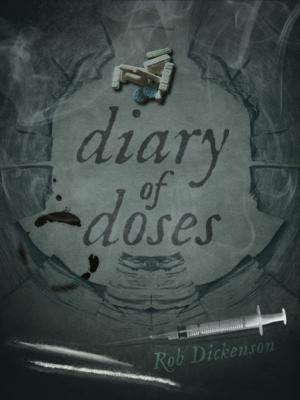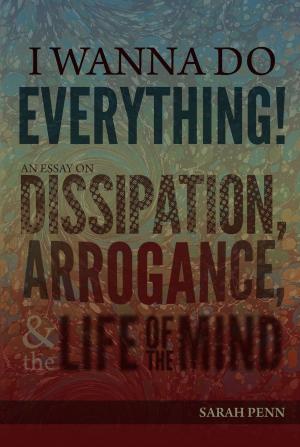The Organs of the Brain: a farce in three acts, translated by Eric v.d. Luft, with an introduction, an essay, and an extensive bibliography of the first decade of phrenology
Nonfiction, Entertainment, Drama, Continental European| Author: | August von Kotzebue | ISBN: | 9781621306900 |
| Publisher: | Gegensatz Press | Publication: | February 27, 2014 |
| Imprint: | Smashwords Edition | Language: | English |
| Author: | August von Kotzebue |
| ISBN: | 9781621306900 |
| Publisher: | Gegensatz Press |
| Publication: | February 27, 2014 |
| Imprint: | Smashwords Edition |
| Language: | English |
From the Translator's Introduction:
"The Organs of the Brain is quite representative of the style of farce which was abundantly popular in western Europe in the late eighteenth and early nineteenth centuries, the type epitomized in the Figaro plays of Pierre Beaumarchais, the comic operas of Gioacchino Rossini, and the sentimental plays of Elizabeth Inchbald. It has all the usual elements of such theatre: cross-dressing, deceit, clown figures, a bombastic lord, sneaky servants, clever women, stupid men, threats of violence, emotional blackmail, police involvement, and complicated polygons - not just triangles - of love. All in all, these formulaic elements give us the impression of prefiguring the Jeeves and Wooster stories of P.G. Wodehouse."
Also, the need has long existed to account for the great variety of material which was written and printed in hundreds of works by other authors besides Franz Joseph Gall between the time when Gall first announced his skull theories in 1798 and the time when he finally published them himself in 1810. Quite a few phrenological bibliographies have been published, notably those of Choulant (1844), Möbius (1903 and 1905), Temkin (1947), Lantéri-Laura (1970), Heintel (1985), and Wyhe (2004). But the bibliography attached to this translation of Kotzebue's play is the most nearly complete of any which have so far appeared for this period.
From the Translator's Introduction:
"The Organs of the Brain is quite representative of the style of farce which was abundantly popular in western Europe in the late eighteenth and early nineteenth centuries, the type epitomized in the Figaro plays of Pierre Beaumarchais, the comic operas of Gioacchino Rossini, and the sentimental plays of Elizabeth Inchbald. It has all the usual elements of such theatre: cross-dressing, deceit, clown figures, a bombastic lord, sneaky servants, clever women, stupid men, threats of violence, emotional blackmail, police involvement, and complicated polygons - not just triangles - of love. All in all, these formulaic elements give us the impression of prefiguring the Jeeves and Wooster stories of P.G. Wodehouse."
Also, the need has long existed to account for the great variety of material which was written and printed in hundreds of works by other authors besides Franz Joseph Gall between the time when Gall first announced his skull theories in 1798 and the time when he finally published them himself in 1810. Quite a few phrenological bibliographies have been published, notably those of Choulant (1844), Möbius (1903 and 1905), Temkin (1947), Lantéri-Laura (1970), Heintel (1985), and Wyhe (2004). But the bibliography attached to this translation of Kotzebue's play is the most nearly complete of any which have so far appeared for this period.















